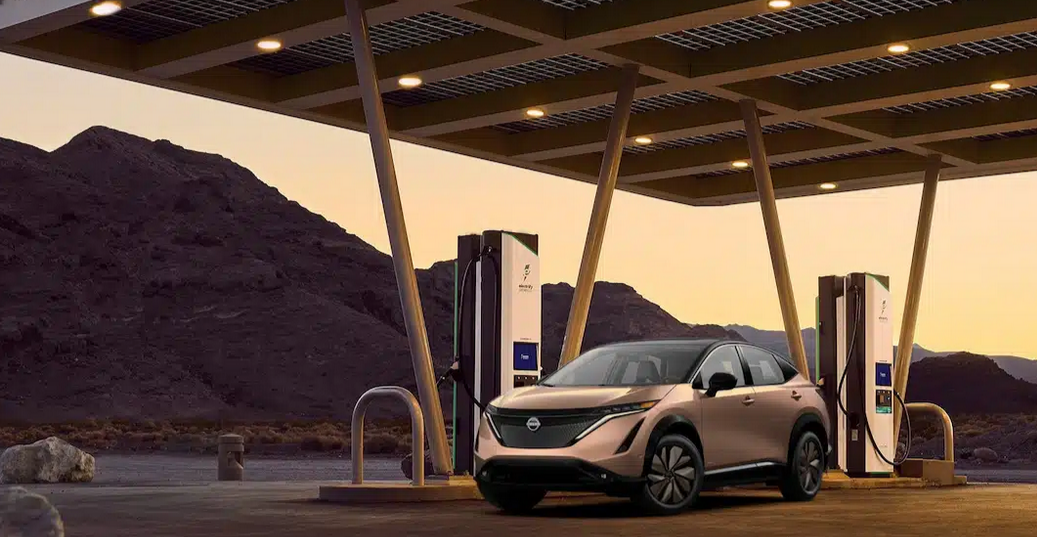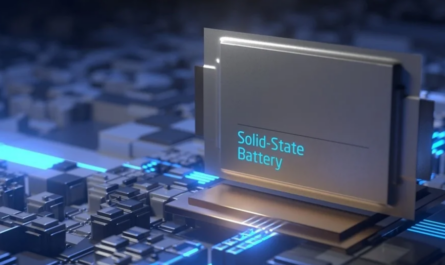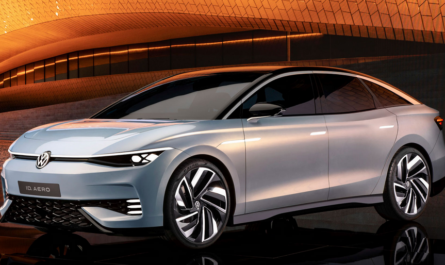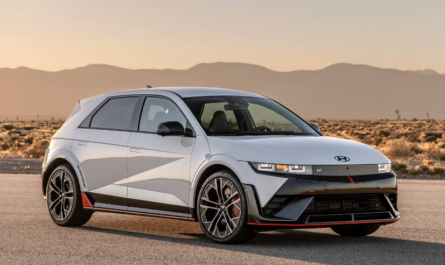In a major move to enhance electric vehicle (EV) convenience, Nissan has announced that Ariya owners in the United States will soon gain access to over 90,000 fast chargers as part of its new Nissan Energy Charge Network. Alongside this milestone, the company confirmed that NACS (North American Charging Standard) adapters will become available later this year, granting Nissan drivers access to Tesla’s Supercharger network — one of the most extensive and reliable EV charging infrastructures in North America.
This initiative underscores Nissan’s growing commitment to electric mobility and customer satisfaction, as it aims to eliminate two of the biggest concerns for EV owners: charging accessibility and compatibility.
Introducing the Nissan Energy Charge Network
The Nissan Energy Charge Network represents the company’s most comprehensive EV charging initiative yet. Designed to simplify how drivers locate and pay for charging, the network integrates over 90,000 fast chargers from major charging providers such as Electrify America, Shell Recharge, ChargePoint, and EVgo.
By combining access across multiple networks, Nissan aims to reduce range anxiety — the fear of running out of battery before finding a compatible charger. The company says more charging partners will be added soon, further expanding coverage throughout the US and Canada.
This initiative makes it easier for drivers to plan long road trips, charge on the go, and manage payments through a unified system rather than juggling multiple apps and accounts.
MyNissan App Upgrade: Streamlining the Charging Experience
To complement the new charging network, Nissan is launching an update to the MyNissan smartphone app. The upgrade introduces several key features designed to make EV charging more seamless and user-friendly.
With the new version, users can:
-
Set a default payment method directly in the app.
-
Initiate charging sessions without RFID cards or third-party logins.
-
Locate nearby charging stations with real-time availability.
These enhancements eliminate many of the frustrations EV drivers currently face when navigating various charging networks. Nissan’s goal is to create a one-stop solution for all EV charging needs — locating, paying, and monitoring — directly within the MyNissan app.
Joining the Tesla Supercharger Network
In addition to building its own network, Nissan is also taking a significant step by joining Tesla’s Supercharger ecosystem. The company announced that NACS adapters will be made available to Nissan Ariya owners later this year, enabling them to use Tesla’s rapidly growing Supercharger network.
As of now, Tesla reports more than 27,000 Superchargers across 2,400+ stations in the United States, providing one of the fastest and most reliable charging experiences available.
This move makes Nissan the latest automaker to adopt the NACS standard, following major brands like Ford, General Motors, Rivian, and Volvo. By adopting Tesla’s connector system, Nissan is aligning with what appears to be becoming the universal standard for EV charging in North America.
Will the NACS Adapters Be Free?
While Ford provided free NACS adapters earlier this year for qualifying Mustang Mach-E and F-150 Lightning owners, Nissan has not yet confirmed whether its adapters will be complimentary or sold separately.
However, the company emphasizes that this move is part of a long-term commitment to providing greater convenience and flexibility for customers in North America and Canada. Regardless of cost, the ability to use Tesla’s network is expected to be a major advantage for Nissan drivers, reducing the need to rely on limited CCS (Combined Charging System) stations.
Expanding Compatibility Beyond the Ariya
Currently, the Nissan Energy Charge Network and upcoming NACS adapters are exclusive to the Ariya SUV. Unfortunately, current Leaf owners will not be able to access these features immediately. However, they can still use the MyNissan app to locate compatible charging stations nearby.
Nissan confirmed that by 2026, both the Ariya and Leaf will include built-in NACS charging ports, removing the need for adapters entirely. These updates are part of Nissan’s global strategy to modernize its EV lineup and align with emerging industry standards.
Future Plans: 16 New Electric Vehicles by 2026
Looking beyond current updates, Nissan has ambitious plans for its electric future. The company intends to launch 16 new EV models worldwide by 2026, expanding its reach across different markets and vehicle categories.
The Ariya, which faced several production delays due to the COVID-19 pandemic, remains a cornerstone of this strategy. Nissan has also announced a performance-oriented Nismo version of the Ariya, designed to attract enthusiasts seeking both power and sustainability.
Meanwhile, the next-generation Nissan Leaf — set to debut next year — will feature significant design and technology upgrades, including the integration of NACS ports as standard equipment.
These developments indicate Nissan’s intent to remain competitive in the rapidly evolving EV landscape, as rivals like Tesla, Hyundai, and Ford continue to expand their own electric portfolios.
Challenges and Market Performance
Despite these advances, Nissan has faced recent sales declines in North America. The company reported a 10.1% drop in US sales and a 10.6% decrease in Canada compared to the same period last year.
While the slowdown can be attributed to broader industry challenges — including supply chain issues, inflation, and increased EV competition — Nissan believes its expanded charging ecosystem and upcoming EV lineup will help revitalize consumer confidence and sales momentum.
By addressing one of the biggest consumer concerns — charging convenience — Nissan hopes to differentiate itself in a crowded electric vehicle market.
Why This Matters: Charging Accessibility Is Key to EV Adoption
EV adoption has grown rapidly in recent years, but charging accessibility remains a critical bottleneck. Drivers often cite a lack of available fast chargers and the inconvenience of multiple incompatible networks as key reasons for hesitating to switch to electric.
Nissan’s approach — integrating public charging networks, enhancing its app experience, and embracing Tesla’s infrastructure — directly tackles these challenges. The result is a more unified and user-friendly EV charging ecosystem that could make owning an electric car as convenient as owning a gas-powered one.
Conclusion: A Major Step Toward an Electrified Future
With the Nissan Energy Charge Network and upcoming NACS adapter integration, Nissan is making bold strides to simplify the electric driving experience. By offering access to over 90,000 fast chargers and joining Tesla’s Supercharger network, the automaker is bridging the gap between fragmented charging systems and creating a smoother path for EV adoption.
As the company prepares to roll out new electric models and enhance existing ones, these updates signal Nissan’s determination to remain a key player in the global EV transition. For Ariya owners, 2025 will mark a year of greater freedom, flexibility, and fast-charging convenience on the road.




